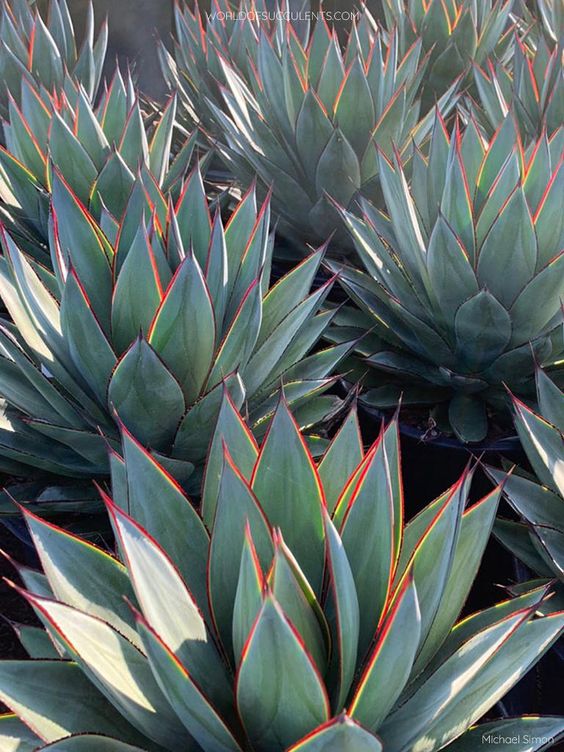Introduction
When you consider a desert, what first comes to you? Right now, vast stretches of sand, intense heat, and an almost terrible silence. But pause a second! Among these difficult circumstances, there is shockingly much life—especially in relation to plants. Though these amazing survivors have perfected the art of living where life seems almost impossible, “plants in the desert” could sound like an oxymoron. Let’s enter this amazing planet and investigate the special adaptations that allow some of the toughest conditions on Earth to support these plants.
What Defines a Desert?
Deserts are areas getting less than ten inches of rain yearly. That is exactly it. Although the primary defining quality is the absence of precipitation, other traits include high evaporation rates, nutrient-poor soils, and extreme temperatures—both hot and cold. For any organism here, water—or more importantly, lack of it—is the toughest obstacle.
Types of Deserts
Not all deserts are created equal. They can be classified into four main types:
Hot and Dry Deserts: Think of the Sahara or the Mojave.
Semi-Arid Deserts: These include places like the Great Basin.
Coastal Deserts: The Atacama Desert in Chile is a prime example.
Cold Deserts: Yes, you read that right! The Antarctic Desert is the largest of this type.
Mastering Survival: Adaptations of Desert Plants
Water Storage: The Secret Reservoirs
In terms of surviving in the desert, water rules. Like cactus and succulents, many desert plants have evolved amazing means of water storage. Thick, fleshy tissues of these plants allow great water capacity. During a good rain, for example, the Saguaro cactus can retain up to 200 gallons of water!
Reduced Leaf Surface Area
Reducing leaf surface area is another often occurring adaptation. Most plants lose their water by transpiration from leaves. While some cacti have spines rather than leaves, desert plants such as the creosote bush have small leaves. Along with lowering water loss, these spines shield from herbivores and offer shade.
Deep Root Systems
Many times, desert plants feature rather large root systems. Like the mesquite tree, some have roots that stretch 200 feet down! By drawing on subterranean water supplies, these strong roots guarantee the plant’s survival over extended dry spells.
Dormancy and Rapid Life Cycles
Some desert plants have evolved to go dormant during the driest months and spring to life when the rain falls. Using the brief wet season, annual plants—from germination to seed production—complete their whole life cycle in just a few weeks.
Remarkable Desert Plants
The Mighty Saguaro

Without including the famous Saguaro cactus, no conversation on desert vegetation is complete. Mostly found in the Sonoran Desert, these giants can grow to be 60 feet tall and live for more than 150 years. Their deep roots firmly ground them, and their ribbed form lets them expand and store more water during rains.
The Resilient Creosote Bush

Among the oldest still living things on Earth is the creosote bush. There are some estimated over 11,000 year old clonal colonies in the Mojave Desert! The secret of this plant is its capacity to clone itself and its survival with minimum water.
The Tenacious Welwitschia

Discovered in the Namib Desert, the Welwitschia is a really unusual plant. Over a thousand years, its two leaves, which grow constantly throughout its life, can span These leaves gather moisture from fog, giving the plant the required hydration in a normally dry surroundings.
Desert Plant Strategies
Succulence

Possibly the most famous adaptation is succulence. This calls for storing water in roots, stems, or leaves. This group includes aloes, many cacti, and agave plants. Their thick, fleshy tissues serve as reservoirs, guaranteeing a consistent water supply even through droughs.
Photosynthesis Adjustments

Many desert plants have changed their photosynthesis mechanism to help to save water. One such adaptation is called crassulacean acid metabolism (CAM). Like the prickly pear cactus, CAM plants open their stomata at night to reduce water loss and store CO2 for daytime use.
Waxy Coatings
Many desert plants have evolved waxy coatings on their leaves and stems to help to slow water loss. This thick cuticle closes in moisture. For instance, a waxy surface of the Joshua tree reduces evaporation.
Conclusion
Desert plants are truly amazing. Their survival and even flourishing in some of the toughest environments on Earth is evidence of the creative nature of life. From the tall Saguaro to the historic creosote bush, these species have developed a variety of techniques to deal with severe heat, strong sunlight, and limited water. Thus, the next time you visit a desert, stop to honour these strong survivors. They are masters of adaptation, so embodying the great tenacity of life itself, not only plants in the desert.
FAQs:
Q: How do plants in the desert get water?
Desert plants get water through various adaptations:
- Deep root systems tap into underground water sources.
- Some absorb moisture from the air, especially from fog.
- Water storage in tissues allows plants to endure long dry periods.
Q: Why do some desert plants have spines?
Spines are modified leaves that reduce water loss, provide shade, and protect the plant from herbivores. They also help in directing rainwater toward the plant’s base.
Q: Can desert plants survive in a regular garden?
Some can, provided the garden mimics their natural habitat. Well-drained soil, plenty of sunlight, and minimal watering are key. Succulents and cacti are popular choices for rock gardens and xeriscaping.
Read Also:

